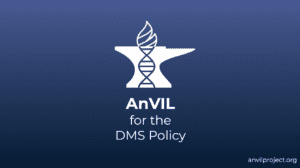Terra Blog
Product updates, announcements, and stories from the trenches.
Categories
Latest Posts



Managing Access to UK Biobank Data on Terra
Having access to good data is crucial for genomics research. Without large-scale datasets, there’s little chance of uncovering the genetic underpinnings of disease. This is particularly important when studying diseases


Boosting Variant Calling in Terra with the New Telomere-to-Telomere Human Reference
There is a new, more complete human reference on the Terra reference disk! When the Human Genome Project was declared complete in 2003, there were a number of gaps in


Discover How AnVIL Empowers Compliance with NIH DMS Policy – Join Our Webinar!
Summary: In the rapidly evolving landscape of scientific research, data sharing has emerged as a key driver of innovation and collaboration. Recognizing this, the National Institutes of Health (NIH) unveiled



Single Cell Portal Accelerates Genomics Research with Terra
Single Cell Portal (SCP) is an online portal for sharing single-cell genomics data that is built on top of Terra. Through its searchable database of single-cell studies, interactive visualizations, and


Streamlining Data Access: DUOS Introduces Automatic Access Permission Updates
Introduction Data access for researchers is critical to modern scientific endeavors. But new data access requests are hampered by an often cumbersome and manual process. Now, DUOS (Data Use Oversight


Microscopy in the cloud: CellProfiler and Cell Painting on Terra
Posted by: Carmen Diaz Verdugo Authors: Carmen Diaz Verdugo, Stephen Fleming, Nicole Deflaux and Amy Unruh Carmen Diaz Verdugo is a Computational Scientist in the Precision Cardiology Lab, and a
Gain insights and learn the how Terra enables collaboration, analysis & sharing by subscribing to Terra's blog.
Want to contribute? Contact us at info@terra.bio
Most Popular



Managing Access to UK Biobank Data on Terra
Having access to good data is crucial for genomics research. Without large-scale datasets, there’s little chance of uncovering the genetic underpinnings of disease. This is particularly important when studying diseases



Single Cell Portal Accelerates Genomics Research with Terra
Single Cell Portal (SCP) is an online portal for sharing single-cell genomics data that is built on top of Terra. Through its searchable database of single-cell studies, interactive visualizations, and








